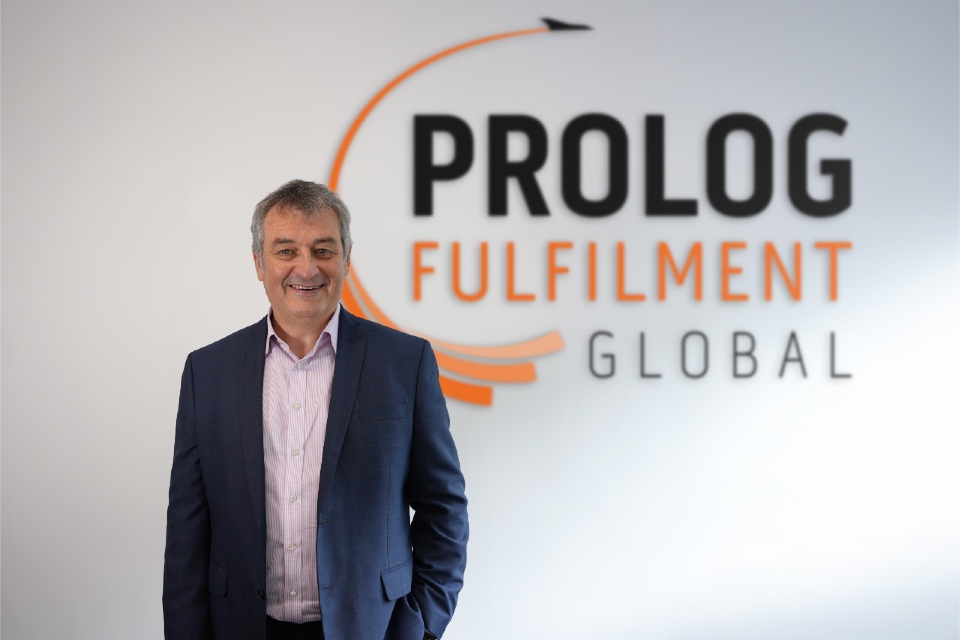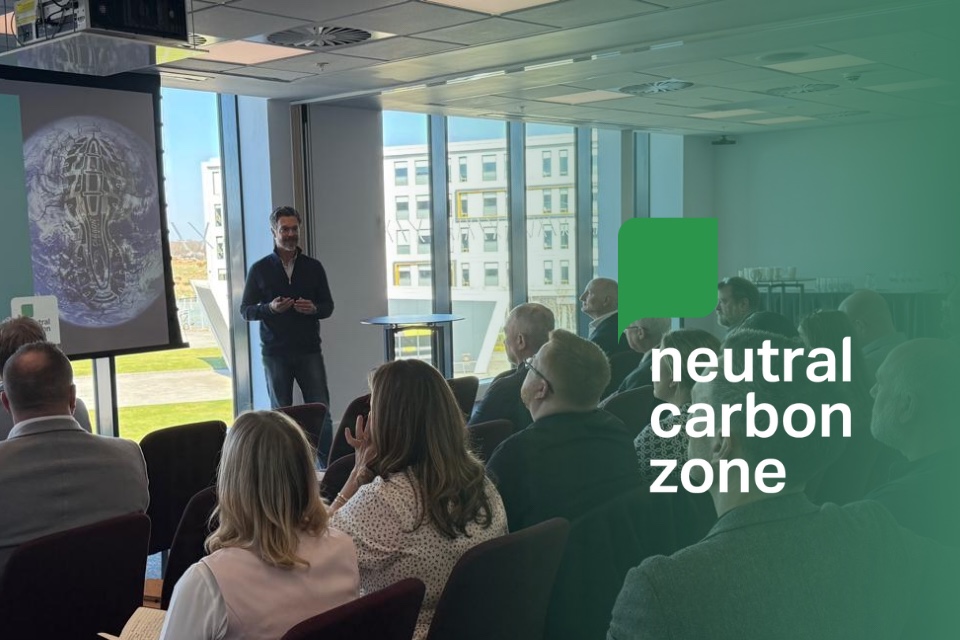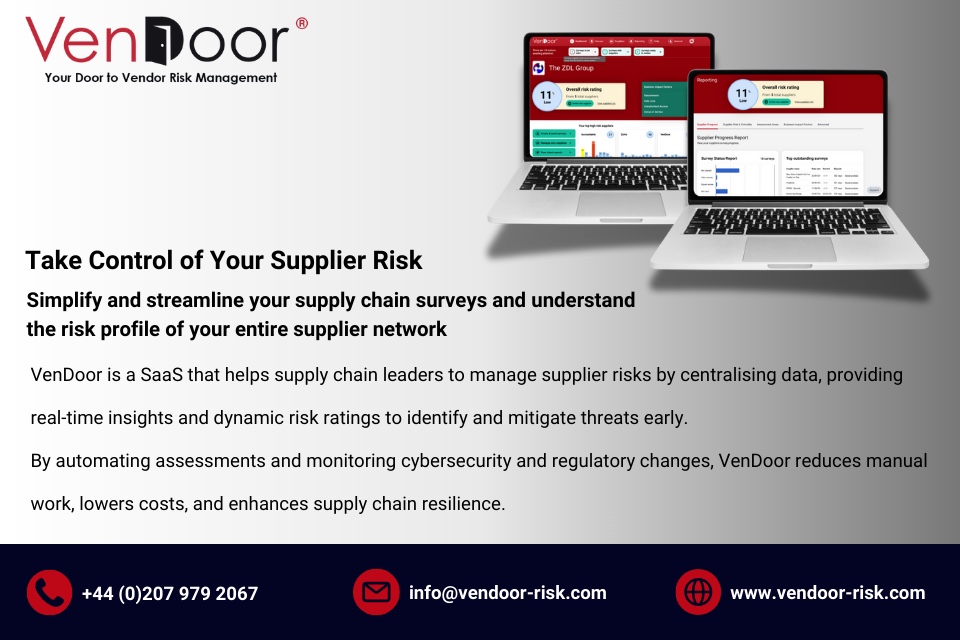By Mark Perera, CEO and Founder, Vizibl
I recently had the pleasure of giving a presentation at Procurement and Supply Chain Live at Tobacco Dock. Given it was my first in-person event since the pandemic shut everything down, it was a real buzz to be in front of an audience of my peers again, and great to hear the contributions of the other speakers.
Like many of those speakers, I chose to present on the considerable sustainability challenges facing those of us who work in procurement and supply chain in my talk ‘Procurement’s Carbon Crisis’.
Though our focus was similar, I noticed a considerable difference in the advice I gave versus what many others were counselling. There was a lot of talk about baselining, about data, and about constructing complex, long-winded frameworks before we can truly embark on making progress against our sustainability goals.
Here I’d like to share the opinions and insights I gave to the audience at Procurement and Supply Chain Live and offer an alternative route to improved supplier sustainability that takes into account a simple fact.
That fact? We are running out of time. Running out of time to baseline, time to pore over data, time to model the myriad consequences of every decision we could possibly take, and – most importantly – running out of time to act. Thankfully, there is another way.
The scale of the problem
Today’s world is facing uncertainty on an unprecedented scale. With trade wars, the invasion of Ukraine, supply chain shortages, socio-political upheaval, food shortages, rising energy prices, the increase in cost of living, and the aftermath of the pandemic, we’re experiencing disruption like never before.
These crises are placing pressure on companies as they struggle to mitigate shocks to their businesses and handle the increased level of unpredictability affecting every area of their operations. This pressure and unpredictability will only increase as the climate crisis worsens – an issue that will inevitably touch every continent, every nation, every citizen, and every business.
Our behaviour, as people and as organisations, has already caused an enormous shift in our climate, with Met Office researchers predicting an even chance that the planet will exceed the 1.5˚C threshold during the next five years, if only temporarily at first. Without changing our behaviour, we have little hope of limiting this crisis, let alone averting it.
We are already 23% into the 2020s, and every 5 weeks we move 1% closer to the 2030 deadline. It’s clear we are not moving quickly enough to meet net zero by the end of the decade.
The importance of our value chains
As if the looming emissions deadline wasn’t scary enough, business leaders are facing a new challenge: the growing scrutiny of our impact beyond our own operations. Businesses, particularly large enterprise companies, are increasingly being held accountable for their end-to-end value chain emissions, and rightly so. No enterprise is an island, and the scrutiny of what goes on to enable our businesses outside our own four walls is growing.
The scrutiny is not unfounded. Today, 80% of most large enterprises’ greenhouse gas emissions sit in the upstream supply chain. Though these emissions sit outside of their direct control, the leaders of those companies are being tasked with using their power and influence to effect change in their supply base and bring supplier stakeholders on their sustainability journey.
Though decisive action is needed, no organisation can simply cull 30-40% of their suppliers if they are non-compliant without plunging themselves into further disarray as a result of lost products, services, and revenue. Thankfully, awareness has been growing of the alternative: working much more closely with supplier stakeholders, particularly the large emitters, to drive sustainability across the end-to-end value chain of large businesses.
Don’t wait for the perfect data set
Though it holds the key to improved alignment and engagement from supply base stakeholders, Supplier Collaboration isn’t easy, and there is a vast quantity of variables to grapple with in improving supplier sustainability credentials.
Organisations that we talk to frequently cite ‘analysis paralysis’ or ‘we don’t have the data’ as the reasons they’ve failed to take meaningful action with suppliers. Scope 3 is complex, the data is difficult to obtain, aggregate and normalise, and it can be hard to establish a robust baseline of supplier sustainability as it exists today.
In a world that values data-driven decision making (and as a data and tech nerd myself!), I get the urge to wait until the numbers come in. But we simply do not have the time to sit on our hands failing to make improvements until we can quantify our baseline.
The question we should ask ourselves instead is: if we do not have time to wait for perfect data, how do we make the best decisions without it?
Control the controllables: focus on what you do know
The process of improving supplier sustainability, particularly in regards to scope 3 emissions is usually one that I distil down to four steps:
- Constructing a rough estimate of value chain emissions (note: estimate – we don’t have the time for perfection)
- Prioritising your efforts according to scale and how much you can do to influence these emissions
- Seeking alignment with these suppliers over goals and targets
- Collaborating selectively to find green products and solutions
As I mentioned, many organisations will stall at step 1, convinced they don’t have enough to go on. But step 2 can be hugely helpful. I call this prioritisation step ‘controlling the controllable’. Put simply, we need to focus on what we do know.
I know for example, that most of my emissions sit in my supply chain. I am likely to have a good idea of what scope 3 category is largest (purchased goods and services), and which procurement categories my biggest emitters fall into. I know who those suppliers are, I know what products or services they provide me, and I know how much I spend with them.
Focusing on what I do know, that gives me a place to start. And it’s imperative that we do start.
Use a leading indicator
Another issue that organisations come up against with supplier sustainability is a second data-related quandary. Reliable emissions numbers or supplier sustainability scores from common frameworks are updated infrequently, and only provide a retrospective view of performance. This is because our ultimate goals (such as carbon emissions reduction in kilotons, as one example) are lagging indicators.
A key issue with lag metrics is that if we take the wrong route, it’s too late to go back and course correct when we get the data – which could be years out. What we need is a leading metric that measures our progress towards our goals and provides a reliable indicator of lag success.
Build active collaborative relationships
The leading indicator we use at Vizibl for supplier sustainability success is called ‘active, collaborative relationships’, or ACRs.
We know that success in supplier sustainability is determined by our ability to align our intentions and goals with suppliers, and work in close collaboration and partnership with them to effect change.
Active relationships are the defining characteristic of successful Supplier Collaboration. They denote relationships with productive activity such as ongoing projects, open opportunities, live initiatives, and up-and-running proofs of concept that are aimed at an ultimate shared strategic goal set out by buyer and supplier. This activity can be easily checked, its data is frequently updated, and successful collaborations around a strategic sustainability goal are predictive of success against that very goal.
An organisation running multiple emissions reduction projects with a cohort of strategic sustainability suppliers, centred around alignment of objectives and expected outcomes, with clear success criteria, would be an organisation with many active relationships. Correspondingly, it is also an organisation which is much more likely to deliver against its lag metric.
Just get started
Whatever your environmental sustainability lag metric, whether it’s net zero by 2030, a percentage reduction across all three emissions scopes, or reducing virgin plastics from your products, is one that we cannot afford to fail at. Though it can feel like we’re “flying blind” to take action without the data, three things are clear:
– We are facing unprecedented disruption as a result of climate change, and we are running out of time to avert or limit its effects
– Getting the data in is time-consuming and complex, and we cannot afford to do nothing while we wait to run the numbers
– We can make robust decisions without the data based on what we already know, and as a result we can begin taking action to control the controllables, today.
Building active, collaborative relationships with stakeholders in our supply chain is the best way to control the controllables and make concrete progress against our collective looming deadline.







